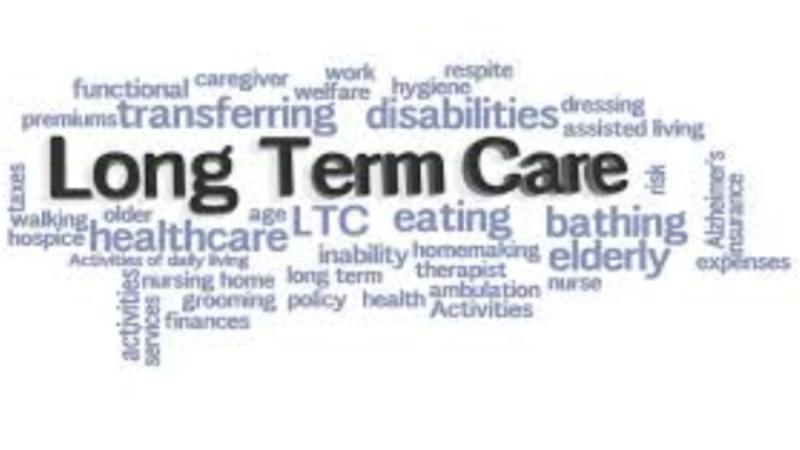Individual long term care policies can be fully customized to cover all levels of either facility or home care costs. Some of the facilities covered include nursing homes, Alzheimer’s Recovery Units, and assisted living facilities, which help patients with most “Activities of Daily Living” or ADLs. Home Health Care differs somewhat from facility care, as it takes place in the home as opposed to an outside facility. This includes service in private residences, retirement communities and adult day care.
In fact, with most policies, all levels of care (skilled, intermediate and custodial) are covered expenses. Custodial care includes such services as home health care aides, homemaker services and companion services.
Our Advice
We generally recommend to our clients the kind of policy benefits that also reimburse the costs of geriatric nurses and social workers who interface between the family and the healthcare providers, as well as the insurance carriers, in order to assure the best quality patient care.
Medical Underwriting
Individual coverage plans are generally underwritten and require medical records and copies of applicable tests or lab results, if any. In most cases, there are no physical medical exams, because records are transferred via mail or fax. However, applicants over 70 years of age are often required to have a face-to-face interview to determine short term memory and cognitive status.
Acceptance Barriers
For a number of reasons, chronic medical conditions such as Fibromyalgia, Rheumatoid Arthritis, Alzheimer’s Disease, Parkinson’s, and Senile Dementia, are the leading causes for Long Term Care Insurance refusals. But that does not mean that all health problems are considered cause for refusal. In fact, many conditions, including bone fractures, or certain cancers in remission can, at times, be acceptable. Each case is different and circumstances will vary.
Because Long Term Care Insurance underwriting is very different from life and disability underwriting, you should never assume that a refusal of coverage will be automatic. We always recommend you contact us directly before making an assumption. We are here to help.
Benefit Ranges
Benefit reimbursement levels can range anywhere from $50 to $450 per day for any period lasting anywhere from two years to lifetime. Daily benefit amounts can also be increased over time when inflation features either on a 5% simple or compounded basis.
The number of days a policyholder is responsible for paying before benefits begin (20/60/100 days) is called the deductible. The premiums are generally determined by an applicant’s age and benefit selection without regard to gender. Spousal and marital discounts are available ranging from 10%-20%.
Coverage component flexibility will vary between insurance carriers and can be customized for each individual participant’s goals and needs. Variations of coverage will always depend upon the age of the client, their financial goals, asset structure, income, and other available tools to help offset the costs of a care situation.
We at Long Term Care Insurance Central sincerely hope that this information has been of help.

